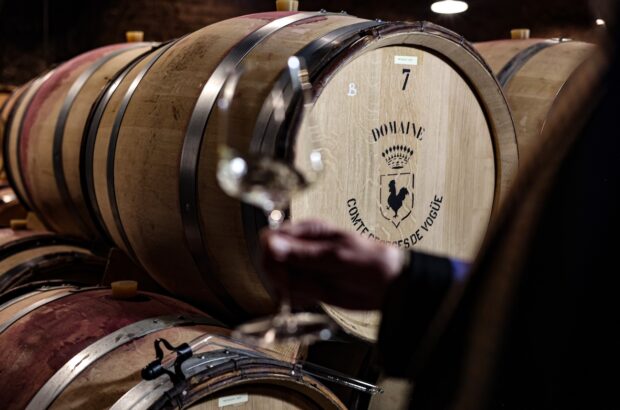A week after the Saint Emilion classification was published by the INAO, rumblings of discontent are surfacing.
Most prominently, Pierre Carle of Chateau Croque Michotte, who was refused promotion from Grand Cru to Grand Cru Classé, is threatening to take legal action.
At the same time, Eric d’Aramon of Chateau Figeac, while stressing that he has no ‘formal declaration’ to make regarding the Classification, has expressed doubt about its being ‘entirely safe legally’.
Writing in the forthcoming issue of Decanter, d’Aramon suggests, ‘It could be 2006 [when the classification collapsed due to legal challenges] all over again.’
Figeac has remained as a Premier Grand Cru Classé, while seeing neighbours, Chateau Pavie and Chateau Angelus, promoted to the top rank: Premier Grand Cru Classé ‘A’.
Carle says in a recently-released statement that the point scale by which chateaux were judged was inconsistent, included irrelevant information, and reached contradictory conclusions.
His other concerns include the fact that winemakers had no right to vote on the way in which they were to be judged, and only became aware of the exact criteria (the scale on which the different areas, such as price, terroir and taste, were to be marked) on 8 June, when a letter arrived from the INAO warning that their bid may not have been successful – eight months after their application documents were first submitted.
After that date, Carle met with the Classification Commission, argued each point of concern, and pointed out the inconsistencies in the process.
‘When I first heard that we had not been classified, it was a body-blow,’ Carle told Decanter.com.
‘We have invested so much in recent years, all with the aim of regaining our classification. But it is clear the methodology used was not water-tight.
‘We still have no idea under what conditions tastings of over 1,000 wines were carried out, at what temperature, how long the bottles were open, how different terroirs were mixed, what order wines were tasted in.’
Estimating the effect of non-classification at around 30% of a wine’s price, he said the Commission cited a low En Primeur price as one reason that they would not be promoted.
‘But we were condemned to low prices because we had been demoted in 1996.’ He further alleges that the Commission did not taken into account sales figures, thus benefitting chateaux who priced their wines highly, and had good scores, even if those prices meant that they had large stocks sitting unsold.
Carle has said he will take no action yet, but has sent letters to the INAO both in Aquitaine and Paris, drawing their attention to the issues. If the current classification is ratified by the Ministries of Agriculture and Finance, as is expected this month, he will then decide whether to instruct a lawyer.
‘The classification has been rushed through too quickly, and is not infallible either legally or technically. This is just a widespread case of wishful thinking. There is still time to correct this, and protect the reputation of Saint Emilion.’
Franck Binard, director of the Conseil des Vins de Saint Emilion, said he did not expect any legal challenge to stick: ‘All wines were subject to the same scrutiny, all chateaux which did not meet the grade required were sent a letter giving them the opportunity to defend themselves, and to regain any lost points in the marking process… a huge amount of work went in to making this as fair, open and legally robust as possible.’
Written by Jane Anson in Bordeaux, and Adam Lechmere







